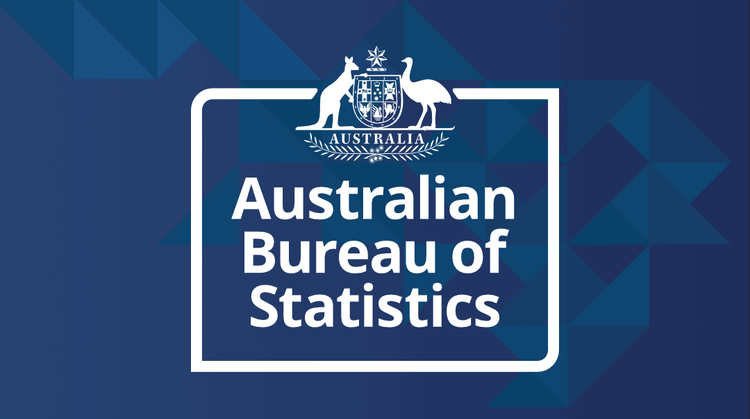Export and Import Invoice Currencies, 2023-24

This article provides analysis of the major currencies used to invoice goods exported from and imported into Australia.
This article provides analysis, and a downloadable spreadsheet, relating to the major currencies used to invoice goods exported from and imported into Australia. The article follows similar analysis and statistics presented in the ABS article Export and Import Invoice Currencies, 2020-21.
An invoice currency is the currency in which an invoice for exported or imported goods is denominated, prior to conversion to Australian Dollar (AUD).
Information on the invoice currencies used in export and import transactions is collected by the Department of Home Affairs and delivered to the ABS with other merchandise trade information required for statistical purposes.
For exports, the ABS converts values reported in foreign currencies to the AUD using Reserve Bank of Australia daily exchange rates, based on the date of departure of the goods.
For imports, the Department of Home Affairs converts values reported in foreign currencies to the AUD using exchange rates applicable on the date of departure of the goods from the overseas country. The ABS is provided details of the invoice currency, combined with the value of the import transaction denominated in the AUD.
Some factors may complicate the measurement of invoice currencies. In Australian export and import statistics foreign currencies are converted to the AUD, using the exchange rate applicable on the day of shipment. Some trading partners may undertake the conversion using a different exchange rate or one applicable on a different day. Additionally, some exporters and importers hedge exchange rates and calculate the value of the transaction using the hedged exchange rate rather than the prevailing exchange rate (see the Further information section below for more details about hedging activity).
Merchandise exports and imports, by invoice currencies, by financial year
Similar analysis was included in previous editions of International Trade in Goods and Services, Australia, including the September 2021, October 2016, June 2014, and June 2012 editions.
For more information about hedging activity undertaken by importers and exporters in 2022, refer to Foreign Currency Exposure, Australia, March Quarter 2022.









































